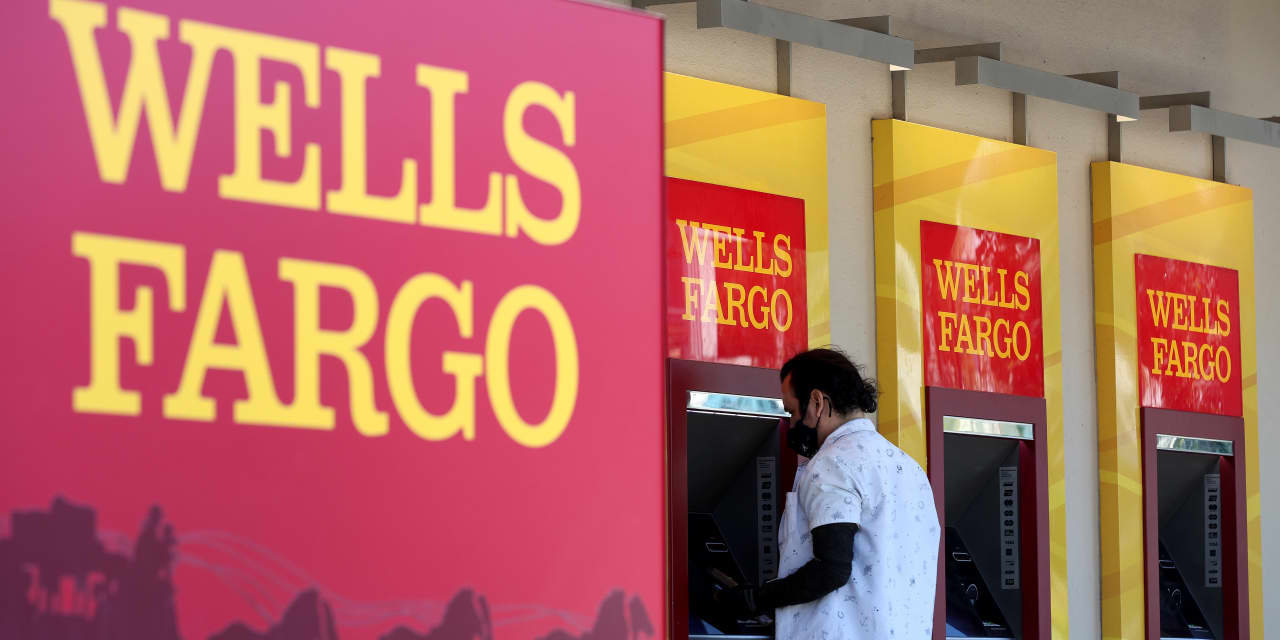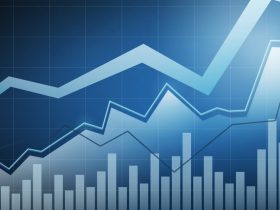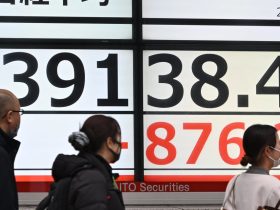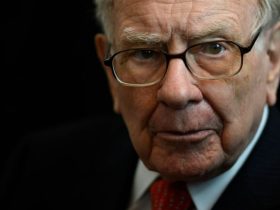Another bank earnings season is on the horizon and banks still can’t catch a break.
Although the sector generally surprised to the upside the previous two quarters, Wall Street can’t shake its uneasiness over lenders amid uncertain market conditions.
This quarter, it is all about rising bond yields. Banks have long wanted higher interest rates to help boost their margins on lending. But the Federal Reserve’s march to aggressively lift rates over the last 18 months has been too much of a good thing, too fast.
Just as banks were feeling the benefit of higher rates, their funding costs ballooned. They also have had to worry about higher rates leading to higher defaults among their borrowers—not to mention the hefty unrealized losses they are sitting on in their bond portfolios.
The near certainty of higher for longer rates—and its negative implications—was enough for analysts at Keefe, Bruyette & Woods to lower their estimates for 2024 earnings by 3%, as the
KBW Nasdaq Bank Index
(ticker: BKX) remains down more than 20% this year.
The analyst team is stepping into this earnings season cautiously.
“While ‘limited surprises’ may be good enough for a technical bounce, sustained interest and positive re-rating may not occur until investors gain more confidence in the economy, the path for interest rates, and how the cyclical banking sector will fare in a higher-for-longer environment,” Christopher McGratty, analyst at KBW, wrote Thursday.
The sector has dealt with an especially challenging nine months. In the first quarter, the collapse of Silicon Valley Bank and
Signature Bank
led to investor apprehension. In the second quarter, worries continued about effects of the failures, along with new regulations aimed at preventing them.
While those issues are still percolating, bond yields are taking center stage—even as some on Wall Street think the fear is overblown.
“Assuming we are closer to peak rates than not, higher for longer with a few 2H24 rate cuts is actually ideal for net interest income, bringing modest relief to deposit trends and less pain from floating rate asset repricing, with fixed rate assets continuing to reprice higher,” Erika Najarian, analyst at UBS, wrote Thursday.
Najarian is hopeful for banks within the
SPDR S&P Regional Banking ETF
(KRE), which tend to be more reliant on interest-income than larger peers, which also get a hefty portion of their revenue from fees.
JPMorgan
Chase (JPM),
Citigroup
(C), and
Wells Fargo
(WFC) post results Friday. They will be followed by
Bank of America
(BAC),
Goldman Sachs
(GS), Morgan Stanley (MS), and regional banks in the following weeks.
For now, Wall Street is hoping results are better than feared.
Write to Carleton English at [email protected]
Read the full article here













Leave a Reply